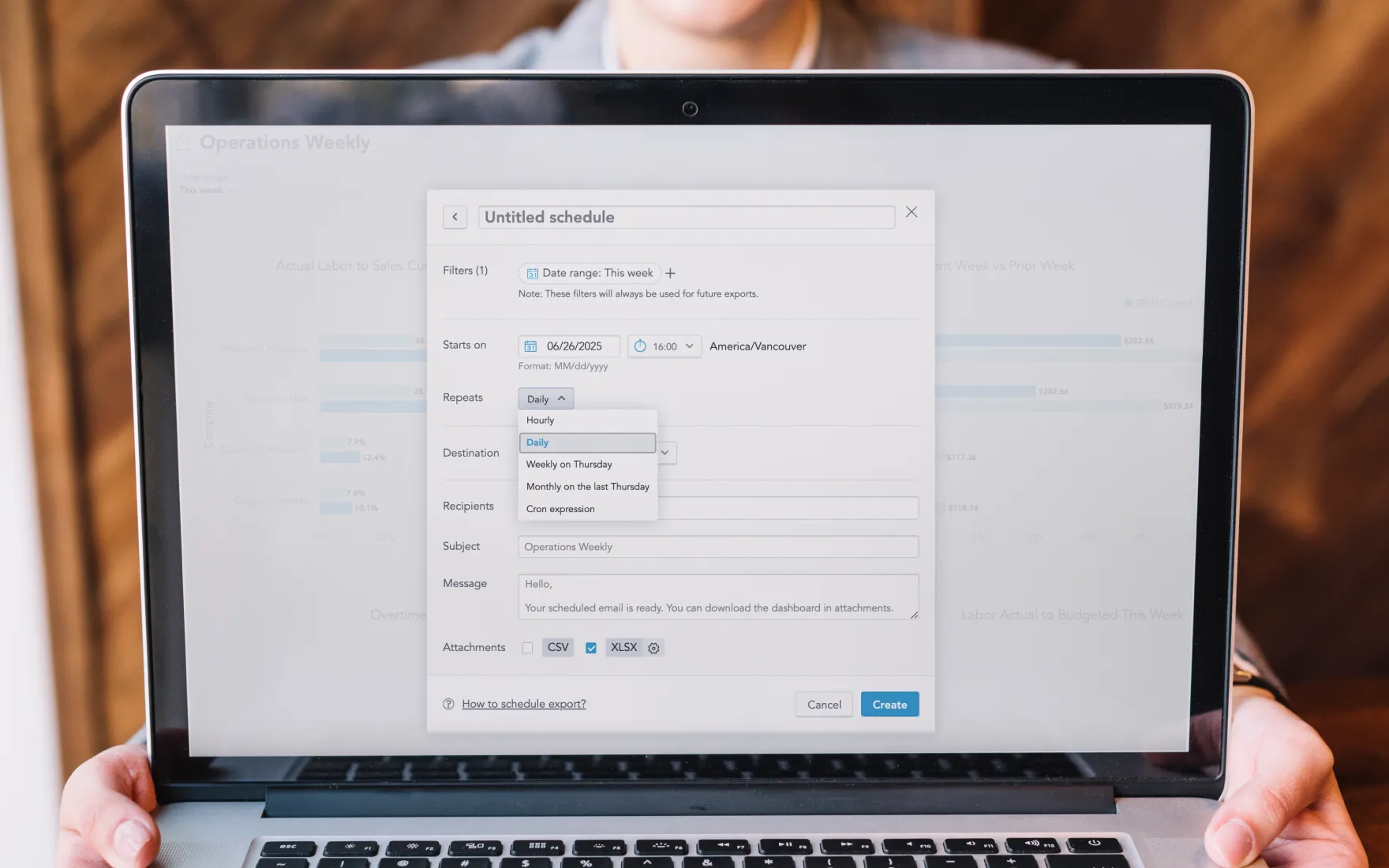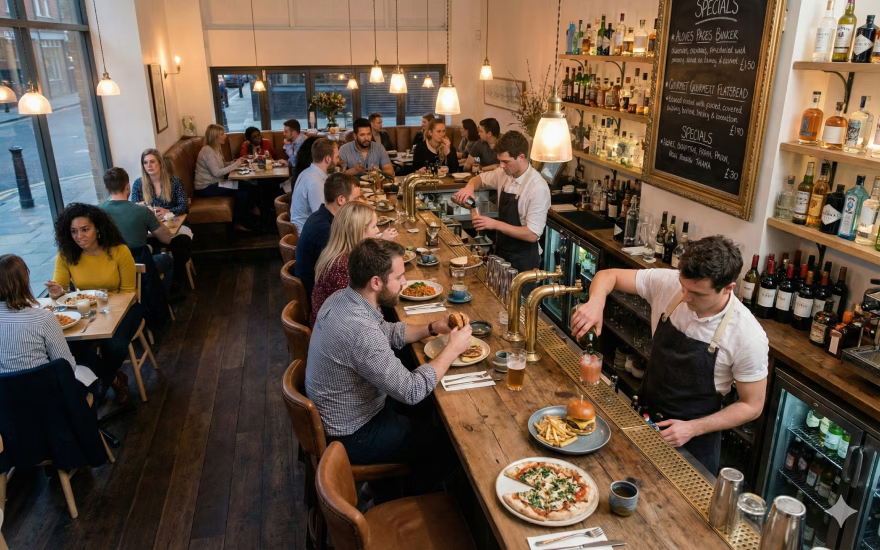2023 American Holiday Guide: How to Navigate Time Off Requests

In some countries, like Canada, there are specific rules and regulations regarding how much employers need to pay employees for certain holidays. In the US, things work a bit differently. The United States Congress has not passed a law that requires all businesses to close on specific days, although there are holidays that are listed in Title V of the United States Code that apply to federal institutions and federally owned properties – and top businesses tend to give employees extra pay on holidays, as well.
So, those ten federally observed holidays in the United States include:
- New Year's Day (January 1)
- Martin Luther King Jr. Day (Third Monday in January)
- Presidents' Day (Third Monday in February)
- Memorial Day (Last Monday in May)
- Independence Day (July 4)
- Labor Day (First Monday in September)
- Columbus Day (Second Monday in October)
- Veterans Day (November 11)
- Thanksgiving Day (Fourth Thursday in November)
- Christmas Day (December 25)

In this article, we’ll give restaurant owners and managers some tips on how to handle time off requests during the holidays, while offering some pay guidelines to help make sure that your restaurant is well-staffed and ready.
Federal Law Doesn’t Require Employers to Pay Extra for Working on Holidays
Before we dive in, it should be noted that employers don’t technically have to pay their employees extra for working on holidays. Typically, holiday pay is referred to as “time-and-a-half,” which, as the name suggests, is typically 1.5 times the regular rate for hours worked on federal holidays. Federal law doesn’t require employers in the United States to pay employees any extra for working on holidays.
The Federal government only has the power to create holidays for federal institutions. In terms of the law, it’s just another day. Furthermore, some of the busiest holidays aren’t even federally observed, as you’ll see below.
The Busiest Holidays for Restaurants
First, in order to plan appropriately, restaurant owners should have an idea of which holidays are the busiest. The National Restaurant Association has been carefully reviewing data for the past two decades on the busiest holidays for restaurants.
Here are the busiest holidays, in order, as well as the date that they’re observed in 2023:
- Mother’s Day (Sunday, May 14, 2023)
- Valentine’s Day (Tuesday, February 14, 2023)
- Father’s Day (Sunday, June 18, 2023)
- New Year’s Eve (Sunday, December 31, 2023)
- Easter (Sunday, April 9, 2023)
So, if you’re a restaurant owner, it’s a good idea to jot down these holidays on your calendar and start planning appropriately. Our next section covers some helpful tips to help you navigate time off requests on these busy days.

5 Tips for Managing Time-Off Requests During the Holidays
Choosing which workers get to take time off can be a stressful process, but there are things that you can do to make it as easy as possible for you and your team. Here are some strategies to help you set clear expectations and approach time off requests fairly.
1. First Come, First Served Holiday Requests
Wherever your workers go to get information – whether it’s a bulletin board or a website – make sure that they know how far in advance they can start scheduling off for the holidays. A good general guideline is to start these requests two months before the holiday and close the requests two weeks prior.
The most straightforward approach to handle time off requests is through a first-come, first-served basis. The employee who submits the request first will be granted the days off. Implementing this policy encourages staff to submit their leave requests well ahead of time, which can be advantageous for the company.
2. Seniority Based Time Off Requests
One approach that managers can use to handle time off requests is based on seniority. Establish a priority system where employees with longer tenure at the company are given preference. This means that the time off requests of more senior employees will be processed first and if the schedule allows, then the requests of less senior employees will be considered.
This policy can reward loyalty to the company, but it’s important to consider other factors. Many workers see this system as unfair. If you have a few senior employees who request every holiday off, the newer employees may get frustrated and leave. If using the seniority approach, we recommend capping the amount of holidays any one person can request per year.
3. Raffle-Based Time Off
Raffles can be a creative way for managers to handle time off requests, especially in cases where there are a large number of requests and limited available time off. In this approach, managers randomly select employees who have requested the same day off, only approving the winning names drawn.
This gives all employees an equal chance of having their request approved, regardless of seniority or any other factor. This approach is usually popular among employees as it generates excitement and anticipation, and adds an element of fun to the time off request process. However, it's important for managers to ensure that the raffle is conducted in a fair and transparent manner, and that all employees are aware of the rules and regulations involved.
Alternatively, to encourage employees to pick up additional shifts or go above and beyond, you can offer additional raffle ballots for completing certain tasks. For example, one extra ballot for every five star review when you are mentioned by name , or an extra ballot for every 3 shifts that you pick up. To boost team morale, you may even opt to allow team members to nominate one another for additional ballots when they provide coverage for other tables, run food, or handle a difficult customer. This encourages your staff to really work as a team and rewards top performers.

4. Assigning Holidays at the Beginning of the Year – And Letting Workers Trade
Assigning holidays at the beginning of the year sets clear expectations for your team, and allows each member to get at least one holiday off. Employees will know at the beginning of the year that they’re working Christmas – but they get Thanksgiving off. Additionally, let workers trade holidays with one another, if they so desire.
This prevents last minute requests, while giving the power to your staff to work it out themselves.
5. Financial Incentives for the Holidays
As the saying goes, "money talks". One of the best ways to ensure that you’ll always have enough workers for the holidays is to offer them financial incentives. Time-and-a-half is a great way to encourage your team to come in, and you won’t have to worry about no-shows or those last minute “sick” calls. According to research from Gallup, hourly workers are about 15% less satisfied than salaried workers with their time off and flexibility.
This offers managers an opportunity to set themselves apart from the competition and acquire top talent, while boosting overall team morale.

Conclusion: American Holidays Managing Time Off Requests
When it comes to time-off requests for holidays, there are several approaches managers can take including: first-come first-serve, seniority, raffle-based, assigning holidays at the beginning of the year, or financial incentives. It's important for managers to establish expectations in advance, ensure fairness and transparency in the time-off request process, and have a system in place to keep track of scheduling.



